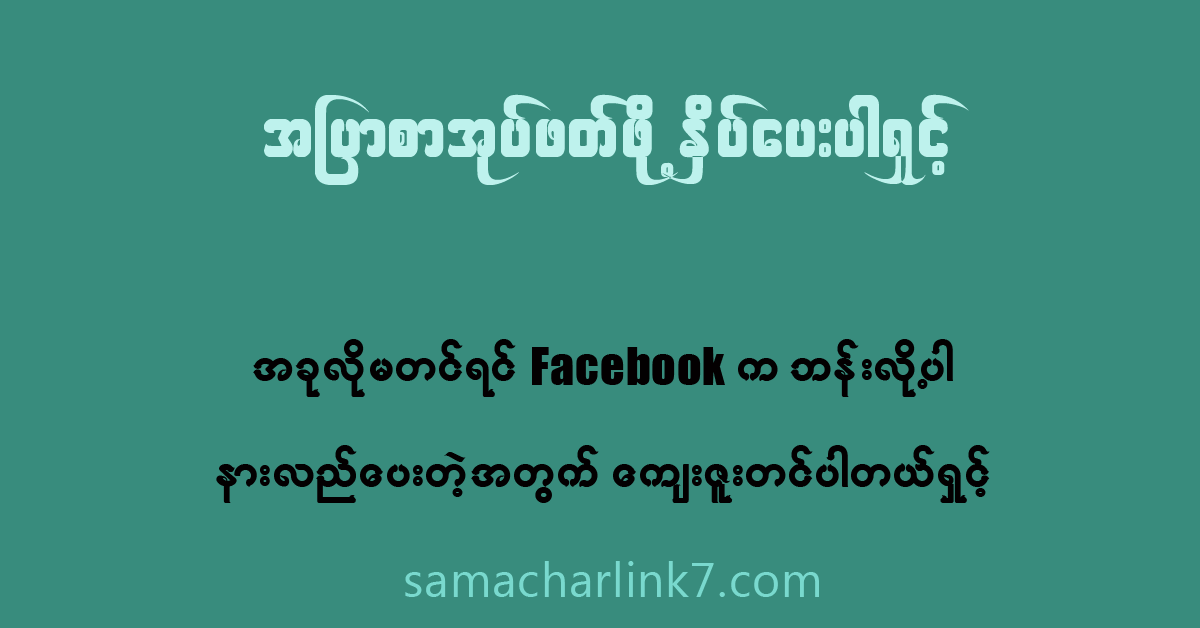
Life insurance is an essential financial tool, providing your loved ones with financial protection in the event of your passing. However, navigating the different types of life insurance policies can sometimes be confusing. One of the options you may have come across is Indexed Universal Life Insurance (IUL). But what exactly is it, and how does it work? In this blog, we’ll break down the details of an Indexed Universal Life Insurance policy to help you understand if it’s the right option for you.
What is Indexed Universal Life Insurance?
Indexed Universal Life Insurance is a type of permanent life insurance that offers both a death benefit and a cash value component. The unique feature of IUL is that the cash value is linked to the performance of a stock market index, like the S&P 500, rather than being tied to a fixed interest rate.
This means your policy’s cash value can grow based on market performance, but with a built-in safety net: if the market performs poorly, your cash value won’t decrease below a certain floor (often 0%). This makes IUL a more flexible and potentially higher-return option compared to traditional whole life insurance policies.
How Does an Indexed Universal Life Insurance Policy Work?
Premium Payments
Just like any life insurance policy, you pay premiums to keep the policy active. With IUL, you typically have flexibility in how much you pay and when, within certain limits set by the insurer. Some of the premium you pay goes toward the cost of insurance, while the remaining portion builds your cash value.
Cash Value Growth
The cash value of an IUL grows based on the performance of a selected stock market index, such as the S&P 500. However, the growth isn’t a direct investment in the stock market. Instead, your insurer credits your account based on the index’s performance, subject to a cap (maximum growth rate) and a floor (minimum growth rate).
Caps and Floors
IUL policies typically have a cap, which limits the maximum return you can earn from the index. For example, if the index grows by 10%, but your cap is set at 7%, your cash value will only grow by 7%. On the flip side, there’s a floor that ensures your cash value won’t decrease if the index performs poorly. The floor is often set at 0%, meaning you won’t lose any money, even in a market downturn.
Death Benefit
Like other life insurance policies, an IUL provides a death benefit to your beneficiaries when you pass away. The death benefit can be structured in two ways:
Level Death Benefit: The payout is a fixed amount, typically the face value of the policy.
Increasing Death Benefit: The payout includes the face value plus any accumulated cash value, which may result in a larger payout.
Loans and Withdrawals
One of the unique features of an IUL is that you can borrow against the accumulated cash value during your lifetime. These loans are tax-free, but they must be repaid with interest, or the loan amount will be deducted from the death benefit.
Benefits of Indexed Universal Life Insurance
Flexible Premiums
One of the main advantages of an IUL is the flexibility it offers. Unlike traditional whole life insurance, which has fixed premiums, IUL allows you to adjust your premium payments. This flexibility can be especially useful if your financial situation changes over time.
Potential for Growth
Since the cash value is linked to a stock market index, there’s the potential for higher returns than with a whole life policy. The index-based growth is often more favorable than the fixed interest rates offered by other types of permanent life insurance.
Downside Protection
While there’s potential for growth, there’s also protection against market downturns. The floor feature ensures that even if the stock market performs poorly, you won’t lose any of the money you’ve accumulated in your policy’s cash value.
Tax Advantages
Like other permanent life insurance policies, IULs offer tax-deferred growth on your cash value. This means you won’t owe taxes on the growth until you withdraw or borrow from the policy.
Access to Cash Value
The ability to borrow against your policy’s cash value is another perk. This feature allows you to tap into your savings for emergencies or other financial needs without having to sell assets or take out traditional loans.
Considerations Before Choosing an IUL
Costs
While IULs offer flexibility, they can also come with higher costs compared to term life or even whole life insurance. These costs may include administrative fees, cost of insurance, and the charges related to the index account. It’s important to understand all the costs involved before purchasing an IUL policy.
Caps Limit Returns
The cap on the returns from your policy’s cash value can limit your potential for growth, especially in years when the market performs exceptionally well. The cap is typically set by the insurance company and can vary from year to year.
Complexity
IULs are more complex than other types of life insurance policies, and understanding how your policy’s cash value grows can be difficult. Be sure to carefully review all terms and consult with a financial advisor to ensure this product aligns with your goals.
Market Volatility
While IULs provide downside protection, market volatility can still impact the overall growth of your cash value. A prolonged period of poor market performance could result in lower growth than you might have expected.
Who Should Consider an Indexed Universal Life Insurance Policy?
IULs may be a good fit for individuals who:
Want permanent life insurance with flexible premiums.
Are looking for the potential to accumulate cash value based on stock market performance but with some protection against loss.
Want the ability to borrow from the policy without taking out traditional loans.
However, if you’re looking for a more straightforward, low-cost life insurance option or if you’re not interested in the complexities of an IUL, other types of policies like term or whole life insurance might be more appropriate.

